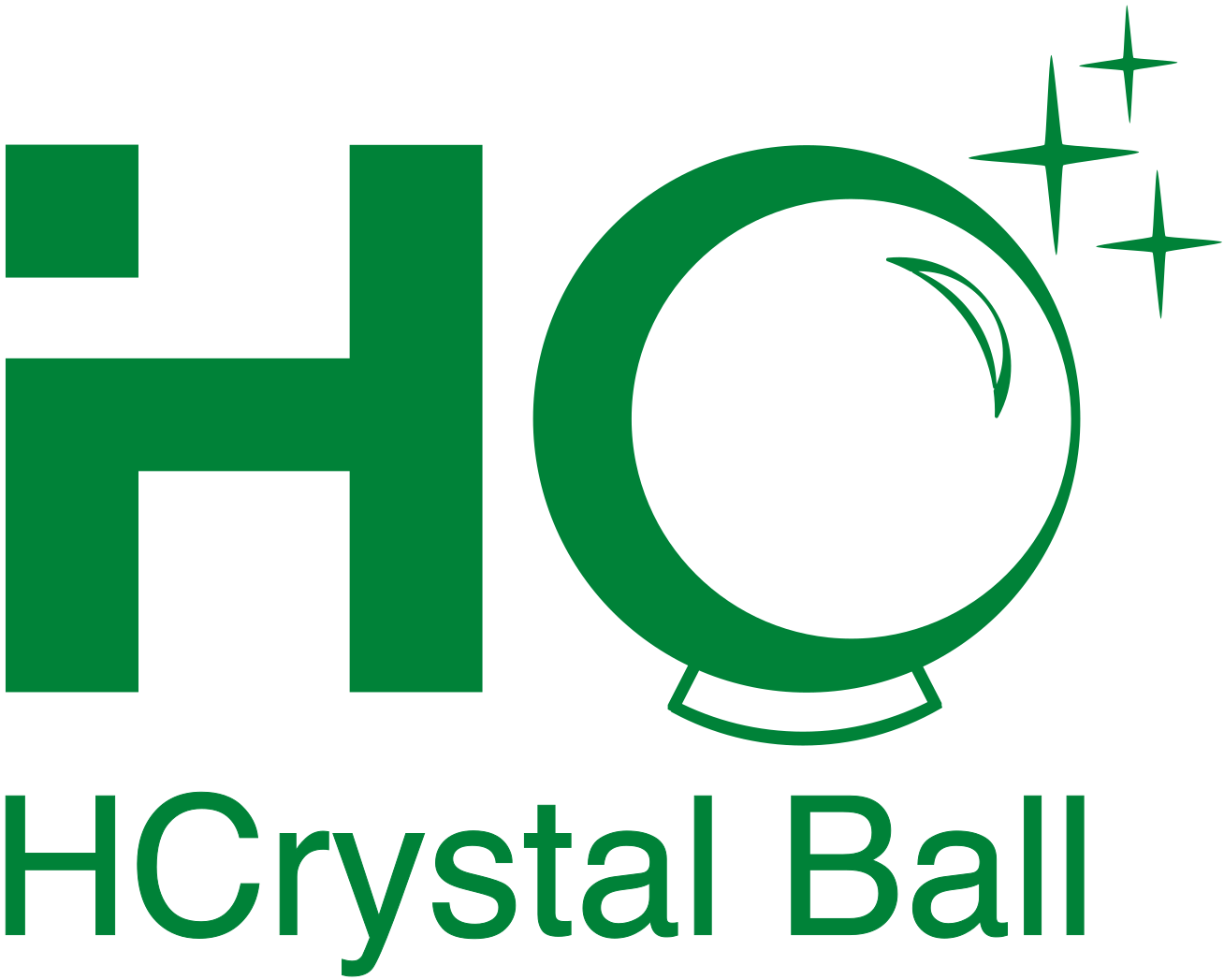
A library that unifies the API for most commonly
used libraries and modelling techniques for time-series
forecasting in the Python ecosystem.
HCrystal Ball consists of two main parts:
- Wrappers - which bring different 3rd party libraries to time series compatible sklearn API
- Model Selection - to enable gridsearch over wrappers, general or custom made transformers and add convenient layer over whole process (access to results, plots, storage, ...)
See examples, tutorials, contribution, API and more on the documentation site try notebooks on binder or browse example notebooks in docs/examples directly.
If you want really minimal installation, you can install from pip or from conda-forge
pip install hcrystalballconda install -c conda-forge hcrystalballVery often you will want to use more wrappers, than just Sklearn, run examples in jupyterlab, or execute model selection in parallel. Getting such dependencies to play together nicely might be cumbersome, so checking envrionment.yml might give you faster start.
# get dependencies file, e.g. using curl
curl -O https://raw.githubusercontent.com/heidelbergcement/hcrystalball/master/environment.yml
# check comments in environment.yml, keep or remove as requested, than create environment using
conda env create -f environment.yml
# activate the environment
conda activate hcrystalball
# if you want to see progress bar in jupyterlab, execute also
jupyter labextension install @jupyter-widgets/jupyterlab-manager
# install the library from pip
pip install hcrystalball
# or from conda
conda install -c conda-forge hcrystalballTo have everything in place including docs build or executing tests, execute following code
git clone https://github.com/heidelbergcement/hcrystalball
cd hcrystalball
conda env create -f environment.yml
conda activate hcrystalball
# ensures interactive progress bar will work in example notebooks
jupyter labextension install @jupyter-widgets/jupyterlab-manager
python setup.py developfrom hcrystalball.utils import generate_tsdata
from hcrystalball.wrappers import ProphetWrapper
X, y = generate_tsdata(n_dates=365*2)
X_train, y_train, X_test, y_test = X[:-10], y[:-10], X[-10:], y[-10:]
model = ProphetWrapper()
y_pred = model.fit(X_train, y_train).predict(X_test)
y_pred
prophet
2018-12-22 6.066999
2018-12-23 6.050076
2018-12-24 6.105620
2018-12-25 6.141953
2018-12-26 6.150229
2018-12-27 6.163615
2018-12-28 6.147420
2018-12-29 6.048633
2018-12-30 6.031711
2018-12-31 6.087255import pandas as pd
import matplotlib.pyplot as plt
plt.style.use('seaborn')
plt.rcParams['figure.figsize'] = [12, 6]
from hcrystalball.utils import get_sales_data
from hcrystalball.model_selection import ModelSelector
df = get_sales_data(n_dates=200,
n_assortments=1,
n_states=2,
n_stores=2)
ms = ModelSelector(horizon=10,
frequency="D",
country_code_column="HolidayCode",
)
ms.create_gridsearch(n_splits=2,
sklearn_models=True,
prophet_models=False,
exog_cols=["Open","Promo","SchoolHoliday","Promo2"],
)
ms.select_model(df=df,
target_col_name="Sales",
partition_columns=["Assortment", "State","Store"],
)
ms.plot_results(plot_from="2015-06-01",
partitions=[{"Assortment":"a","State":"NW","Store":335}]
)




